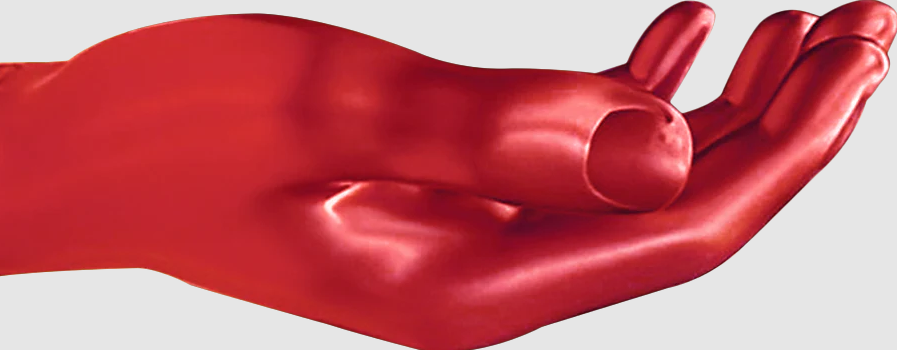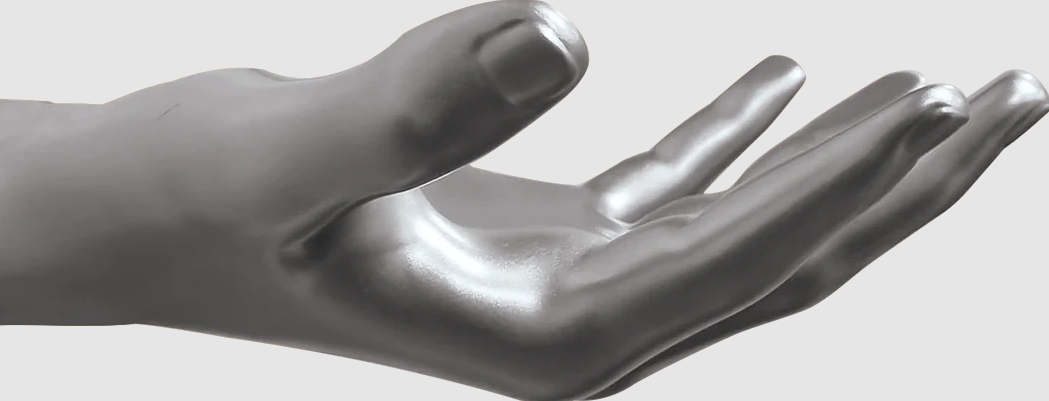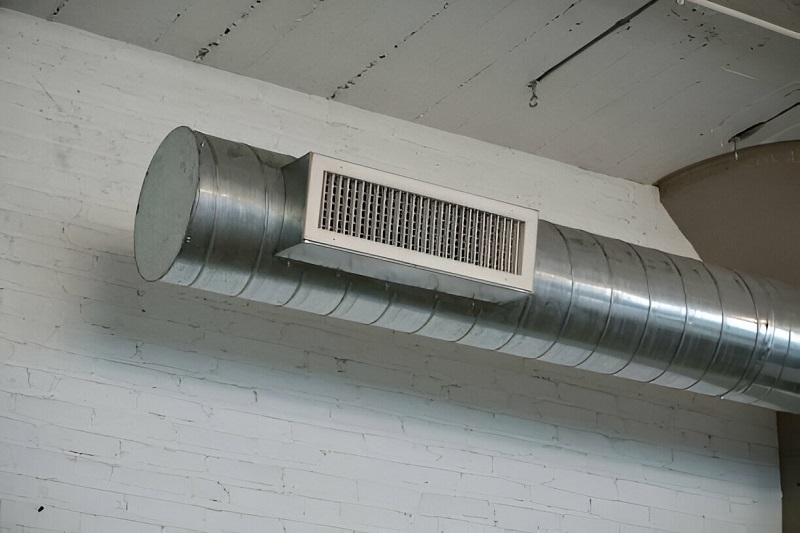Have you or someone you know ever been injured due to the negligence of another party? Were you left veiled in layers of anxiety, uncertainty, and financial strain posed by unforeseen medical expenses? In these daunting times, did you find yourself wishing for professional assistance to assert your rights? If yes, then this blog post was written with you in mind. Bringing to light the significance of compensation lawyers in personal injury claims, we explore what might often be an arduous journey made simple with the right help at your fingertips.
As living spaces, personal dynamics, and traffic all pose risks of potential accidents, personal injury law is an omnipresent facet of our lives. This blog post delves into the beguiling world of personal injury claims and the instrumental role compensation lawyers play in navigating these complex waters.
Now, let us embark on this enlightening journey together. It is a tale of justice pursued, rights protected, and compensation procured, all with the aid of one figure – the compensation lawyer.
Who Are Compensation Lawyers?
Compensation lawyers, synonymous with personal injury lawyers, are skilled legal professionals that shoulder your quest for justice following an accident. They offer invaluable insights into the labyrinth of personal injury law, ever at the ready to fight for your right to fair compensation.
With their profound knowledge of the legal and medical landscape, compensation lawyers conduct rigorous investigations into your accident. They scrupulously identify the liable parties, determining the extent of their culpability while validating the authenticity and implications of your injuries.
But the role of compensation lawyers extends beyond the courtroom. They also provide emotional support throughout the process, lending an ear to your experiences and explaining legal jargon in comprehensible terms.
Why Engage a Compensation Lawyer in Personal Injury Claims?
Irrespective of the nature of your accident, enlisting a compensation lawyer in personal injury claims invigorates your pursuit of justice with experience, expertise, and empathy. They expertly navigate the intricate legal procedures and negotiation processes with insurance companies, aiming to recover maximum compensation for your suffering.
These lawyers are well-versed with the specification of different personal injury claims, enabling them to assess the viability of your situation and craft a persuasive case. They draw from their extensive repertoire of legal tools to accurately value your claim, ensuring you’re fully indemnified for your loss.
Furthermore, a compensation lawyer’s involvement not only hinges on the possibility of litigation but also spans the entire continuum of your recovery process. They work relentlessly, advocating your rights until the final verdict is delivered, and ensuring the settlement encompasses your medical expenses, loss of earnings, and intangible damages.
When Should You Consult a Compensation Lawyer?
Personal injuries can wreak havoc in your life, clouding your judgment with physical pain and emotional trauma. Irrespective of the circumstances surrounding your mishap, initial consultation with a compensation lawyer should ideally happen soon after your accident.
The immediacy of engaging a lawyer protects essential evidence from falling into obscurity. It also allows for timely filing before the statute of limitations expires. Equipped with real-time information, lawyers can initiate third-party liability investigation processes promptly, offering a robust defense against refutations.
Reaching out to a compensation lawyer promptly also nurtures an empathetic bond between you and your attorney. With their guidance, you can unlock your story’s true potential, underpinning their endeavor to seek the maximum compensation rightfully due to you.
How Can You Choose the Right Compensation Lawyer?
Choosing the right compensation lawyer can feel like navigating a maze. Features to prioritize include their experience, professional reputation, and personality fit. The best lawyer for you is one who empathetically habilitates in the corners of your mind, continually fighting for your story and your rights.
Another cornerstone is the lawyer’s knowledge base. They should have a proven track record in handling similar cases and an intuitive understanding of the nuances within their field. An initial consultation can offer valuable insight into the candidature of your potential lawyer.
Lastly, consider the fee structure. Many compensation lawyers operate on a contingency basis, being remunerated via a percentage of your successful settlement. This provides a monetary incentive to the lawyer and a financial relief to you, creating a win-win relationship.
What Difference Can a Compensation Lawyer Make in Your Claim?
Time and again, compensation lawyers have transformed daunting personal injury claims into empowering journeys of justice. They offer a dynamic blend of legal savviness and empathetic communication that prioritizes your rights above all else.
In the complex world of personal injury law, your battle can be easily lost in the myriad of paperwork, legal stipulations, and negotiation with insurance companies. From managing timelines, substantiating claims, to valuing your loss, a compensation lawyer can be the difference between a fair settlement and a never-ending quest for justice.
Remember, a compensation lawyer’s involvement is not merely functional; it also delivers invaluable emotional support throughout an often-overwhelming process. Amid the legal maze, their empathetic voice and expertise become your beacon of hope, guiding you towards the justice you deserve.
The Drawbacks of Not Engaging a Compensation Lawyer
While you have the right to self-represent, the complexities of personal injury law can easily leave anyone befuddled. Lack of legal expertise may lead to undervaluation of your claim, thereby losing out on substantial compensation.
Navigating the legal maze without the counsel of a compensation lawyer can magnify your emotional stress. From dealing with medical reports, following up with insurance companies, to wrestling with court proceedings – the entire process can become excruciatingly overwhelming.
Furthermore, the lack of legal representation may signal to the insurance company that your claim lacks weight, potentially encouraging them to deny your claim or propose an unreasonably low settlement. A legal ally signals your serious intent, and their absence can leave you vulnerable to exploitation.
Conclusion:
Your quest for justice following a personal injury need not be a solitary endeavor. The world of personal injury law is a complex, rigorous sphere tinged with emotional turmoil. Compensation lawyers stand as beacons in this foggy terrain, navigating you toward rightful compensation with their knowledge, experience, and empathy.
Opt for professional legal assistance in personal injury claims if you wish for guidance backed with industry insight, emotionally supportive communication, and robust defense against refutations. By consulting a compensation lawyer promptly after an accident, you not only secure your chances for a fair settlement but also lessen your emotional burden during this tumultuous period.
So, remember this – you are not alone in your pursuit of justice. There are experienced professionals ready to lift the legal burden off your shoulders, walking beside you every step of the journey. You deserve fair compensation, but above all, you deserve peace of mind.











